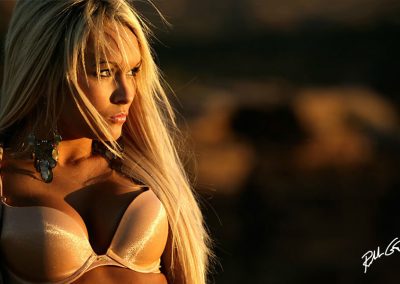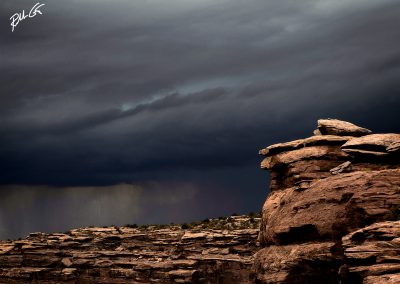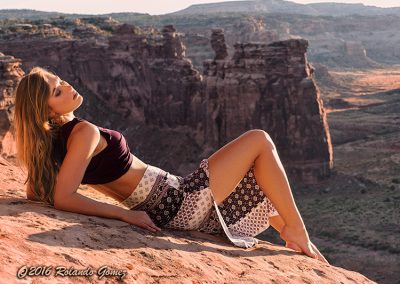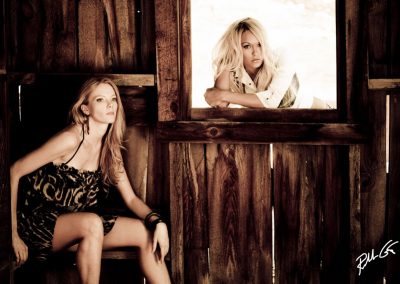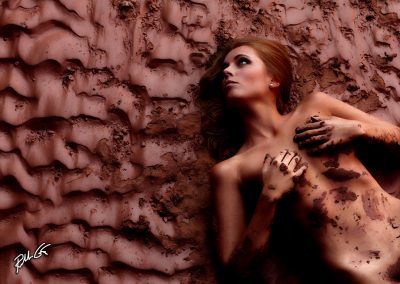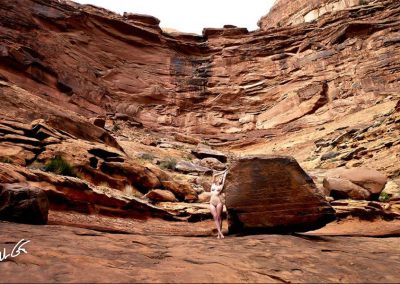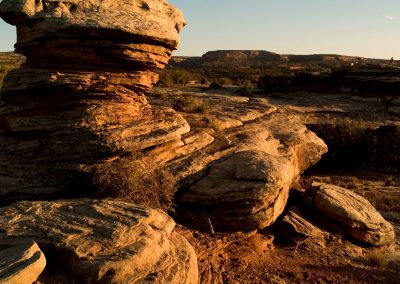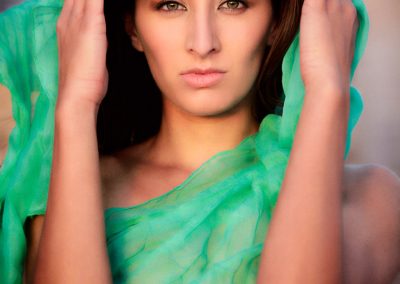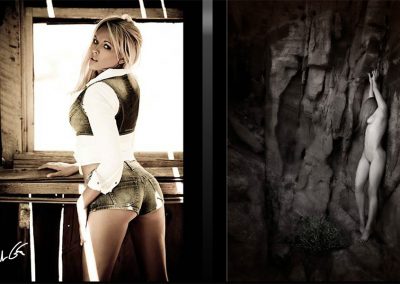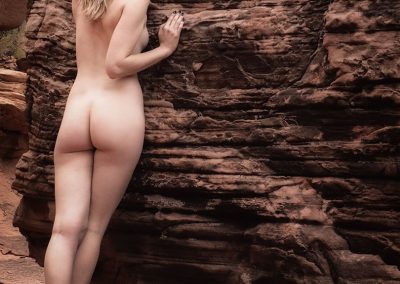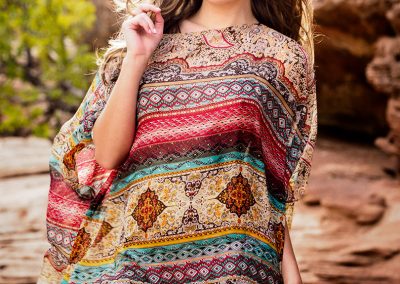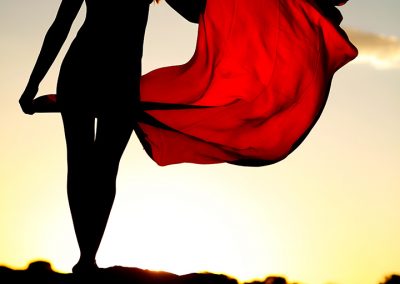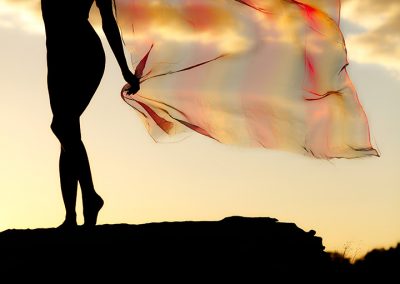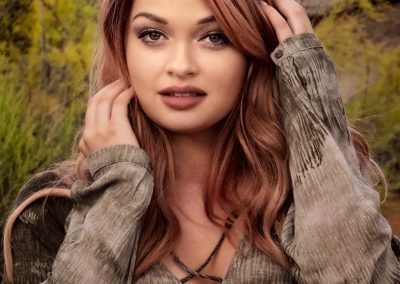Thanks to a private instruction client of mine, Brian, I visited the Moab area of Utah in 2007 and I’ve been back to Moab every year since. On that first trip, Brian and I didn’t know what to expect, so we brought everything including battery power packs, a generator, monolights, you name it, we brought it along with my SUNBOUNCE PRO and SUNBOUNCE MINI. We’d later learn, the only thing you need in the Moab is a SUNBOUNCE reflector because of the quality of light you’ll find there, especially during the golden hour.
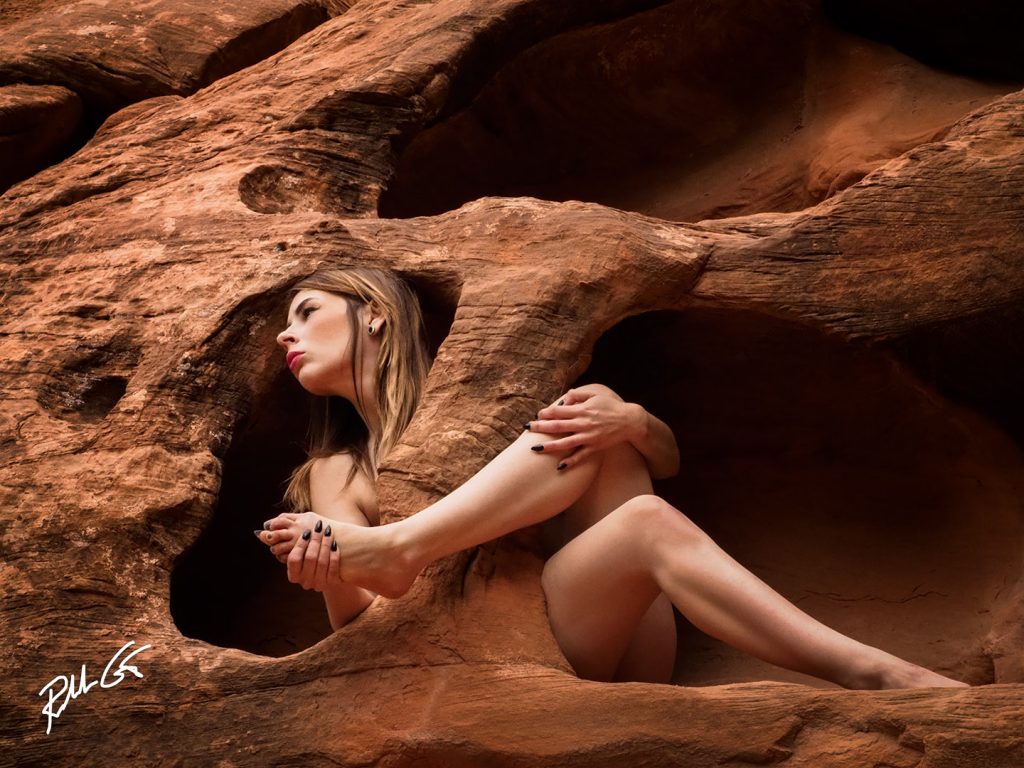
The Moab provides many rock formations that allow you to create unique photos.
That first trip we did a lot of location scouting with one model and took a few photos along the way, but by the end of the day we realized the best light came from using our SUNBOUNCE photography reflectors during the day and the golden hour during the evening.
I know many other photographers that love their high-powered flash units and use it for overpowering the sun with flash, Brian and I realized the beauty of that hour before sunset in the Moab is unbelievable. Save the creative, outdoor flash techniques for tropical paradises like Maui or the Caribbean islands. In Moab, the light is like no other light in the world, not to mention the beauty in the landscape itself.
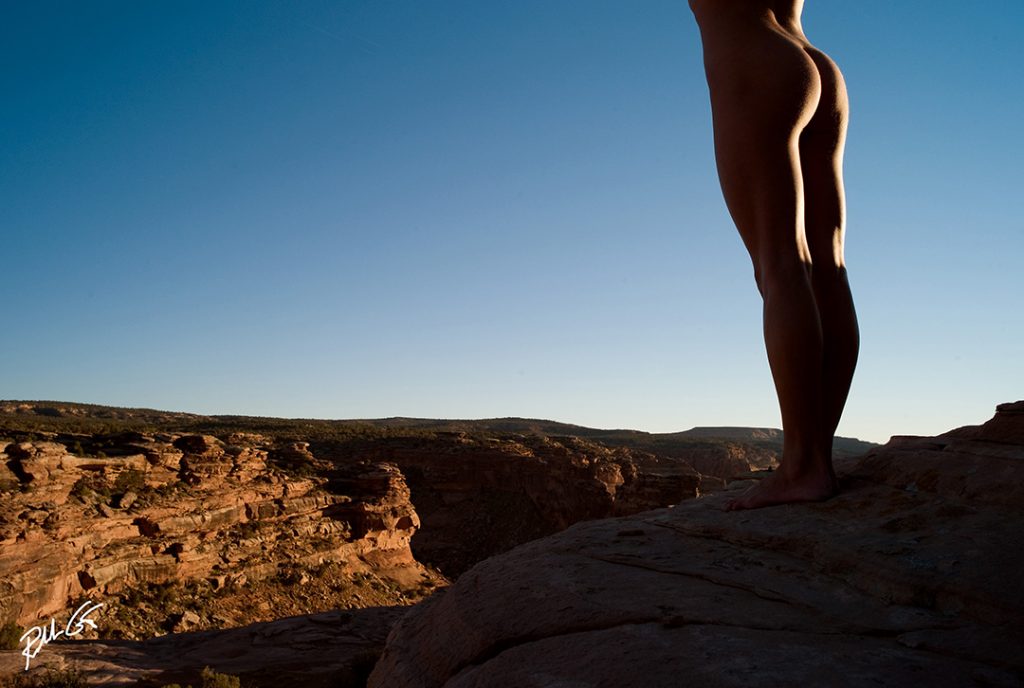
The light in the Moab strikes the model from the side, providing for a pseudo silhouette effect.
There are many interesting features all around Moab, such as “arches and red rock cliffs amidst a green ribbon of vegetation,” but over the past ten years Brian and I have scouted our specific spots we like and on occasion discover some new ones, but we like to stick with a “what we know” attitude due to time constraints when working with models and prime sunlight hours. This is normally followed by dinner before with logistical planning for the next day.
The first time I went to Moab, it was extremely peaceful, everything shut down by nine at night and you needed a membership just to drink alcohol at a restaurant, but a lot has changed since then. Places stay open beyond midnight and no memberships required plus hotels have popped up like crazy and their rates have more than doubled since that first trip in 2007. The Moab landscape itself hasn’t changed and there is no real pollution to affect the quality of the light found in what is known as the Canyon Lands, public property managed by the Bureau of Land Management. These public access lands managed by the Federal government encompass 1.8 million-plus acres of gorgeous architecture created by nature itself over millions of years.
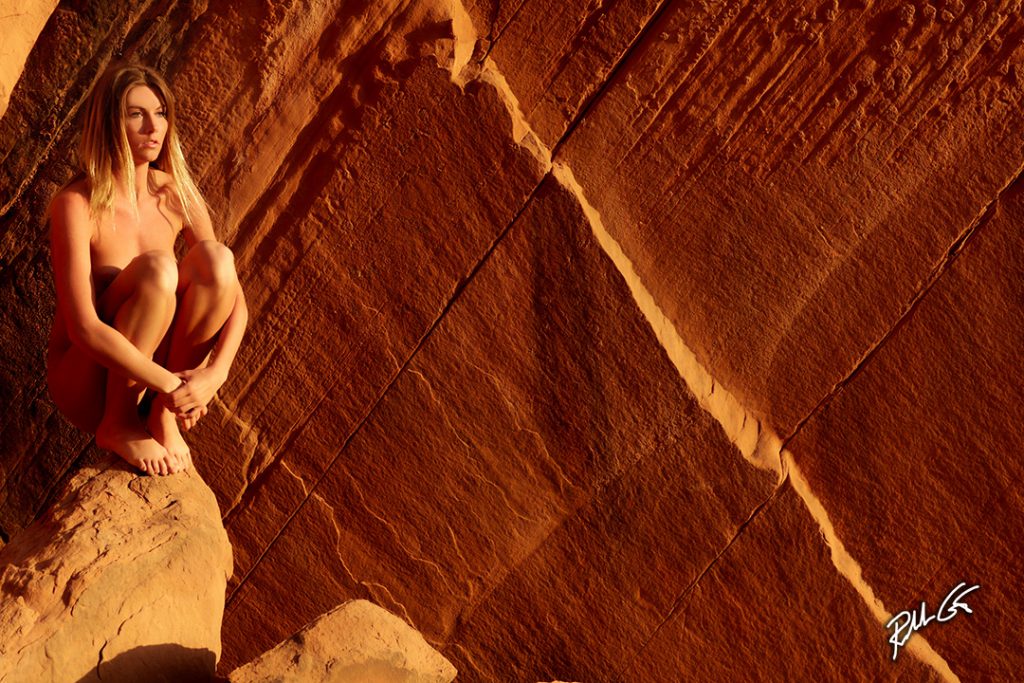
Kelsey at one our recent Moab photography workshops.
That distinct beauty of photography in Moab during the golden hour is still there, thus the results are practically predictable with your photography. I have a theory about this predictability of the Moab light. I believe the micro-fine dust particles that lingers in the air are composed of red- and yellow-toned microscopic fragments from the micro-subtle erosion of these beautiful rock formations. I think these particles act as micro-reflectors during the golden hour as the Sun is at an oblique angle to the Earth and it’s transmitted lower color temperature light skims across the horizon bouncing off these super-micro-shards adding brilliance to the light. Think of millions of little SUNBOUNCE microscopic reflectors.
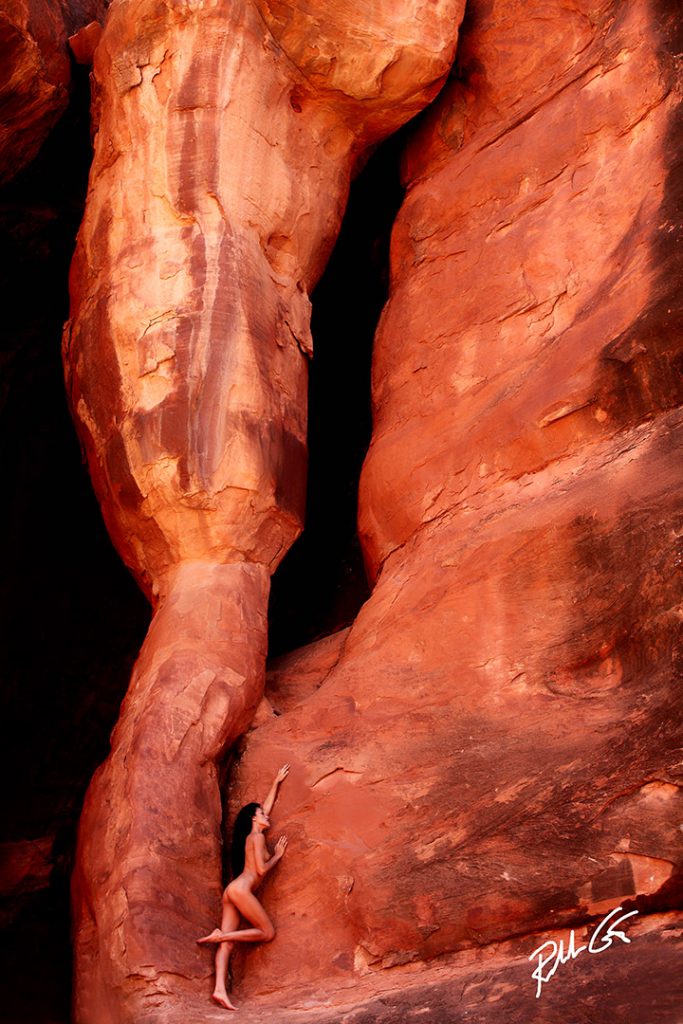
Candice on location in Moab during one of our photography workshops.
It’s a known fact in photography lighting physics that with a smaller light source the light becomes more specular thus you have an increase in contrast. So, when you think of these trillions of micro-dust particles, think of trillions of super-micro-mini reflectors floating within the soft light of the golden hour. It’s a theory and I’m sticking to it as I know what I’ve seen and as a seasoned traveler with over 45 countries visited, I can say, Moab light is very unique during the golden hour, regardless of the camera or lenses you choose to take.
Cameras and lenses aside, as anyone can capture the golden hour anywhere the sun shines, where photographers tend to go wrong, they’ll set their cameras on automatic white balance, which does nothing but wipe out the warm beauty the golden hour offers to your photos. While automatic white balance is great for light conditions under strange light sources, it’s pointless if you’re trying to capture the beauty of the golden hour—this is why professional photographers shoot the golden hour in a manual white balance mode, not automatic. During the golden hour and under most daylight and studio strobe conditions I tend to set my camera at 6000 Kelvin.
By setting my camera at 6000K, we’re basically tricking the camera to add a bump of warmth. However, in Moab that works great before the golden hour. Once the golden hour sets in, I adjust my white balance manually until I see the results I want—easily done with a mirrorless digital camera, something I call Mirrorless Madness.
Not every location is like the Moab when it comes to the brilliant, unique quality of warmth associated with its golden hour. So during the day, my favorite SUNBOUNCE reflector fabrics are the SPARKLING SUN and if I need a tad more contrast, then it’s the 3D RAINDROPS SILVER. There is no light like the golden hour and there is no golden hour like that found in the Moab—it took me one photography trip to the Moab to find out and with every Moab photography workshop I teach there, my attendees and I recertify it.
You can also find more helpful photography information at the Pixpa website with their great article here: Golden Hour Photography – Creating Magical Photos.

